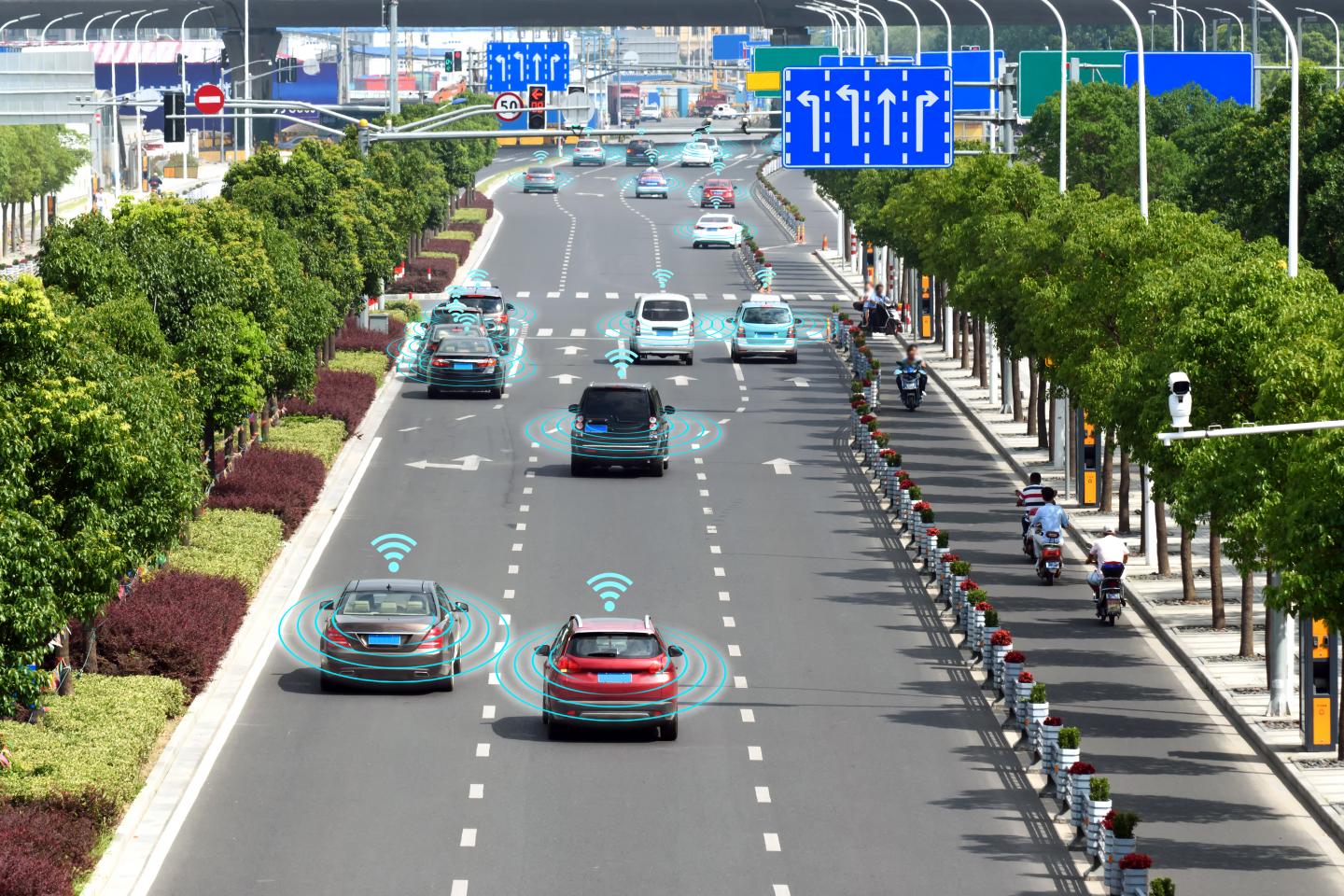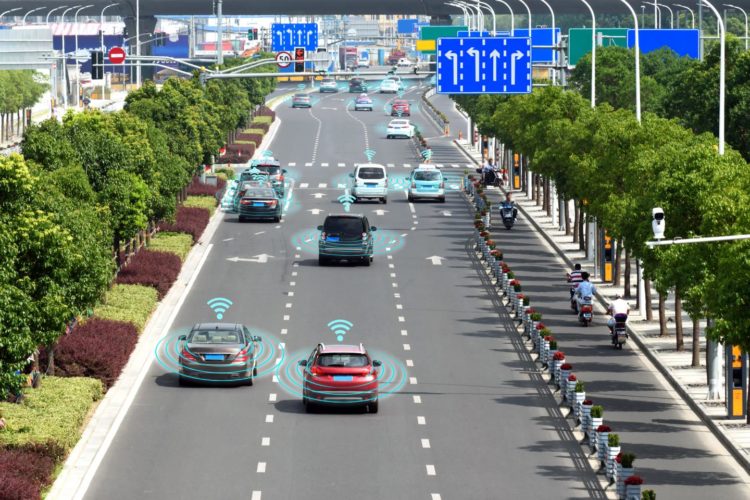Scientists have developed the world’s first fully coupled AI chip that can solve the traveling salesman problem for 22 cities instantly, something that would take about 1,200 years for a high-performance von Neumann CPU

Credit: Tokyo University of Science
How would you go about returning books to the correct shelves in a large library with the least amount of walking? How would you determine the shortest route for a truck that has to deliver many packages to multiple cities? These are some examples of the “traveling salesman problem”, a type of “combinatorial optimization” problem, which frequently arises in everyday situations. Solving the traveling salesman problem involves searching for the most efficient of all possible routes. To do this easily, we require the help of low-power, high-performance artificial intelligence.
To solve this conundrum, scientists are actively exploring the use of integrated circuits. In this method, each state in a traveling salesman problem (for example, each possible route in the delivery truck) is represented by “spin cells”, each having one of two states. Using a circuit which can store the strength of one spin cell state over another, the relationship between these states (or to use our analogy, the distance between two cities for the delivery truck) can be obtained. Using a large system containing the same number of spin cells and circuits as the components (or the cities and routes for the delivery truck) in the problem, we can identify the state requiring the least energy, or the route covering the least distance, thus solving the traveling salesman problem, or any other type of combinatorial optimization problem.
However, a major drawback of the conventional way of using integrated circuits is that it requires pre-processing, and the number of components and time required to input the data increase as the scale of the problem increases. For this reason, this technology has only been able to solve the traveling salesman problem involving a maximum of 16 states, or cities.
A group of researchers led by Professor Takayuki Kawahara of the Department of Electrical Engineering at Tokyo University of Science aimed to overcome this issue. They observed that the interactions between each spin cell is linear, which ensured that the spin cells could only interact with the cells near them, prolonging the processing time. “We decided to arrange the cells slightly differently to ensure that all spin cells could be connected,” Prof Kawahara explains.
To do this, they first arranged the circuits in a two-dimensional array, and the spin cells separately in a one-dimensional arrangement. The circuits would then read the data and an aggregate of this data was used to switch the states of the spin cells. This would mean that the number of spin cells required and the time needed for processing were drastically reduced.
The authors have presented their findings at the IEEE 18th World Symposium on Applied Machine Intelligence and Informatics (SAMI 2020). “Our new technique thus represents a fully coupled method,” remarks Prof Kawahara, “and has the potential to solve a traveling salesman problem involving up to 22 cities.” The authors are hopeful that this technology will have future applications as a high-performance system with low power requirements for office equipment and tablet terminals for finding easily find optimal solutions from large numbers of combinations.
###
About The Tokyo University of Science
Tokyo University of Science (TUS) is a well-known and respected university, and the largest science-specialized private research university in Japan, with four campuses in central Tokyo and its suburbs and in Hokkaido. Established in 1881, the university has continually contributed to Japan’s development in science through inculcating the love for science in researchers, technicians, and educators.
With a mission of “Creating science and technology for the harmonious development of nature, human beings, and society”, TUS has undertaken a wide range of research from basic to applied science. TUS has embraced a multidisciplinary approach to research and undertaken intensive study in some of today’s most vital fields. TUS is a meritocracy where the best in science is recognized and nurtured. It is the only private university in Japan that has produced a Nobel Prize winner and the only private university in Asia to produce Nobel Prize winners within the natural sciences field.
Website: https:/
About Professor Kawahara from Tokyo University of Science
Prof Takayuki Kawahara obtained his BS, MS, and Ph.D. degrees from Kyushu University, Japan. With his MS degree, he joined Hitachi Central Research Laboratory as a research staff member. After leaving the laboratory as a Chief Researcher, he joined Tokyo University of Science in 2014 to work on developing sustainable electronics. His research group carries out cutting-edge research in the field of ultra-low-power AI devices, circuits, and systems. He is also the corresponding author of this review article. With more than 115 publications to his credit, Prof Kawahara has won numerous international awards, including the prizes for Science and Technology, Development Category, by the Minister of Education, Culture, Sports, Science and Technology.
Part of this article is based on results obtained from a project commissioned by the New Energy and Industrial Technology Development Organization (NEDO), METI, Japan.
Media Contact
Tsutomu Shimizu
[email protected]





